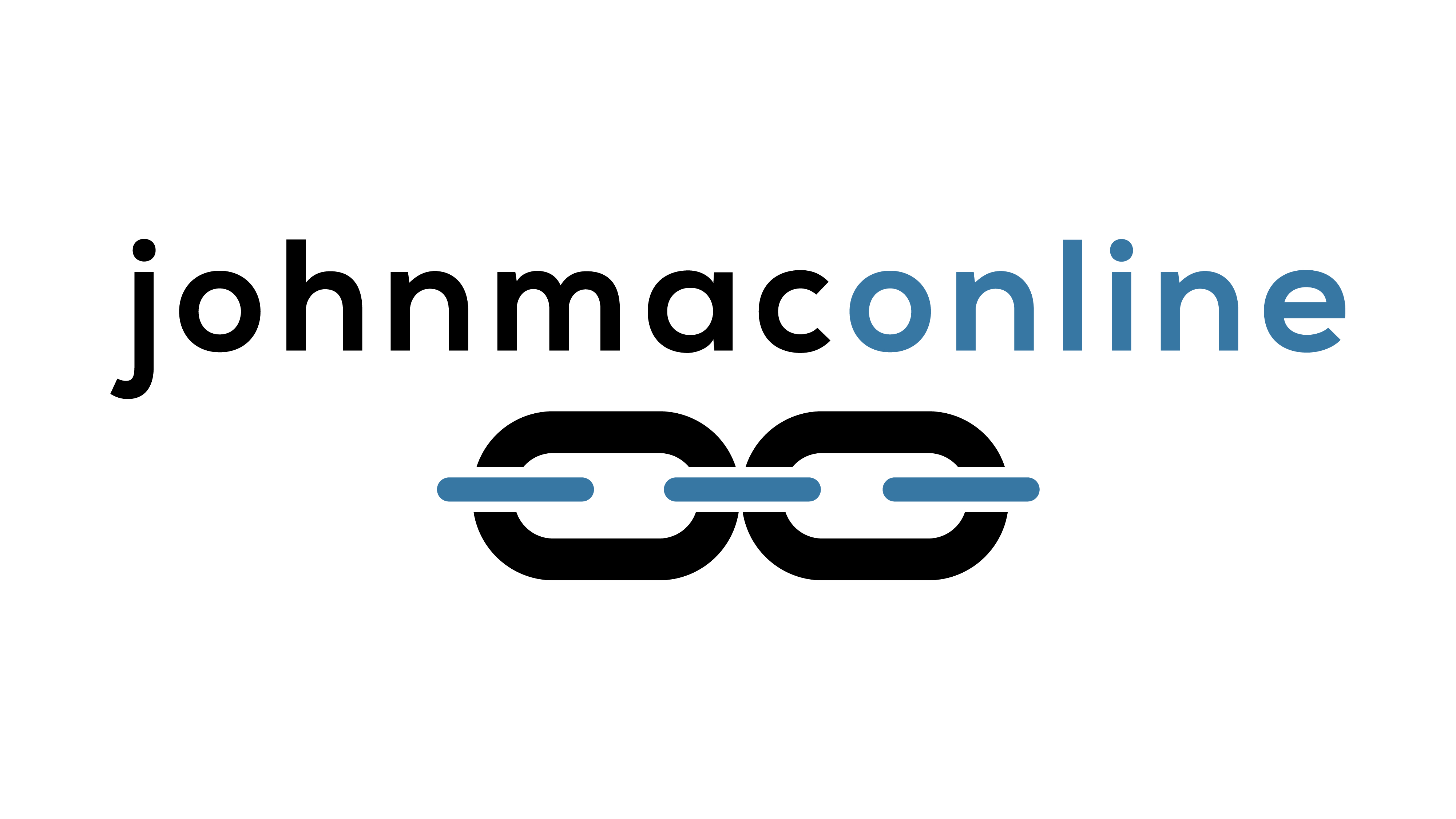The first level of automation is Personal Automation.
Personal automation devices allow you to do your work faster, more accurately, and more effectively and do multiple things simultaneously. The electric drill and dishwasher are personal automation devices. Basically, they allow you to do something faster or more accurately and/or do something else while the machine performs the task.
Personal automation makes you more productive and generally happier. But you’re still intimately involved in the input and outcome. It’s like having to micromanage the shitty intern, but when properly directed, that intern is very helpful.
The drill hasn’t put any construction workers out of a job. No restaurant manager has fired the human who washes dishes because they bought a dishwasher machine. Both of these tools enhance those people’s contribution to the organization, but the organization isn’t materially benefitting beyond your uptick in productivity and happiness.
This is where AI, like ChatGPT, currently lives. You can offload tasks like editing your writing, creating ideas, summarizing TLDRs, creating code and script snippets, analyzing data, and generating images. It’s very helpful to you, the person, but you’re still required.
Like the electric drill, it’s not putting anybody out of work.
Next, we’ll look at the genre of automation that AI is starting to poke into — Partial Automation.


